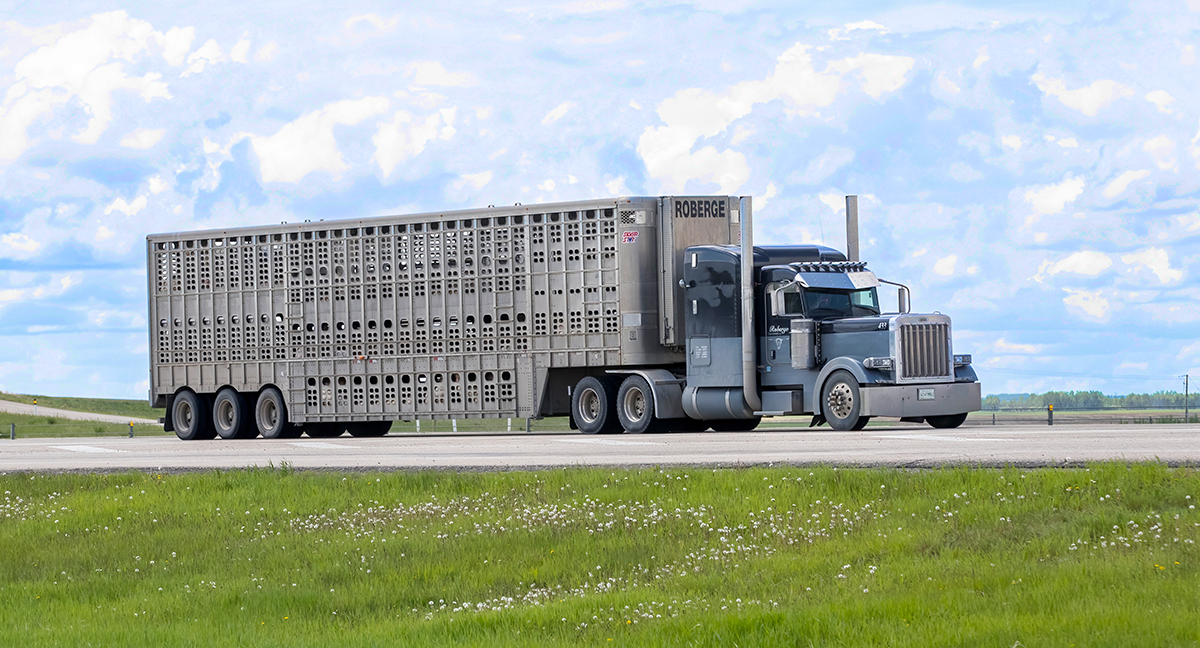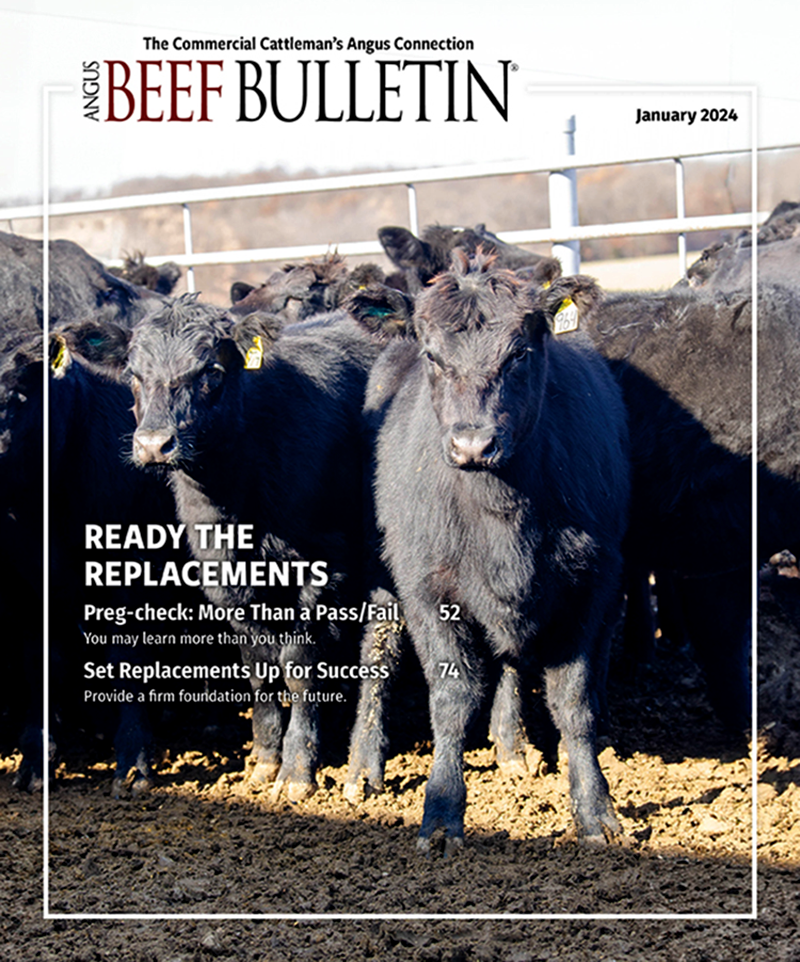
It’s Complicated
Livestock economist shares details on the cattle and beef import/export balance.
Selling cattle and beef internationally isn’t as simple as having a particular country like your product and then outbid the competition. For a buyer, it’s not as simple as finding the best value for the money. It’s a lot more complicated than that, according to Katelyn McCullock, director and senior economist for the Livestock Marketing Information Center (LMIC). She talked about factors that complicate trade and shared details on the cattle and beef import/export balance with attendees of the Range Beef Cow Symposium Dec. 13-14, 2023, in Loveland, Colo.
“Trade agreements matter, but proximity also matters in trade negotiations, as do exchange rates and quotas,” said McCullock. “Politics matters. It makes a big difference when trade is a priority for a governing administration.”
According to McCullock, the United States has free-trade agreements with 20 countries, but only four are key cattle and beef trading partners: Canada, Mexico, Australia and South Korea. Other important trading partners may not share so-called free trade with the United States, but other kinds of nuanced trade agreements can and do foster mutually beneficial trade relationships.
“To the big picture, close relationships really matter, especially when we’re talking about many different kinds of goods,” said McCullock. “It’s not just beef that’s talked about during negotiations, but sometimes it’s pretty important. Sometimes beef is the carrot, and sometimes it’s the stick.”
Live cattle
Focusing on live-cattle trade, McCullock said Canada and Mexico are the predominant sources of live animals coming to the United States. Mexico is the largest supplier of feeder cattle, with numbers up almost 50% compared to a year ago. McCullock calls that impressive considering Mexico’s expansion of both cattle-feeding and slaughter capacity. The United States does export some live animals — primarily slaughter-ready cows — to Mexico.
Feeder-cattle imports from Canada are down about 15%, compared to the year previous. According to McCullock, the decline is likely a reflection of the contraction of Canadian cattle feeding and slaughter capacity, as well as its smaller national breeding herd. Canada does send slaughter-ready steers, heifers and cows to the United States, with numbers remaining at roughly 500,000 head during each of the last five years.
Beef imports/exports
Emphasizing the importance of U.S. beef exports, McCullock cited U.S. Meat Export Federation (USMEF) data showing that exports account for 21% of the live value of a finished steer, or about $400 per head. She noted that export volume is down about 15% for 2023, and a decline of another 15% is expected for 2024.
According to McCullock, beef imports to the United States increased by about 10% for 2023. The United States imports predominantly 90% lean beef trimmings, which are blended with domestic trimmings that typically are 50% lean. Blending yields ground beef products favored by a majority of U.S. consumers.
“We saw imports increase in 2023, and they could increase again in ’24, maybe as much as 15%. Imports are projected to increase another 5% to 7% in ’25,” reported McCullock, blaming diminished U.S. cow slaughter and the resulting shortage of domestic beef for grind.
In closing, McCullock reemphasized the significant effect exports have on the U.S. cattle industry. The United States needs international markets, particularly for variety meats less popular among U.S. consumers. But, the United States needs sources of imported beef in order to provide the mix of products U.S. consumers demand.
McCullock warned that while U.S. beef enjoys a good reputation and the trust of longtime trading partners, there is room for improvement in marketing to foreign markets. She also noted that U.S. beef is becoming expensive to certain export markets, as well as price-sensitive consumers here in the United States.
Editor’s note: Troy Smith is a freelance writer and cattleman from Sargent, Neb. [Lead photo from Getty Images.]



